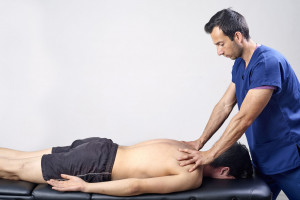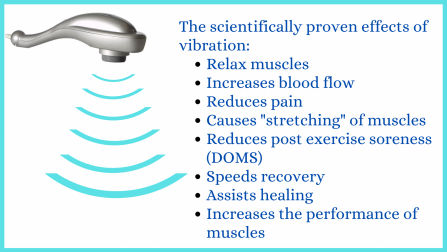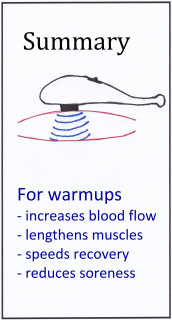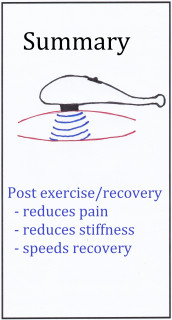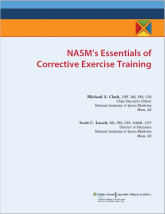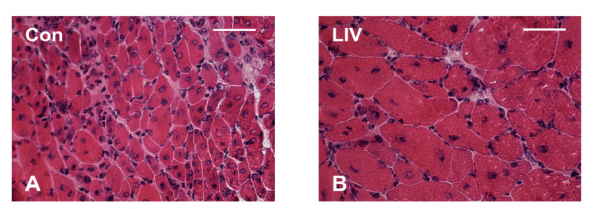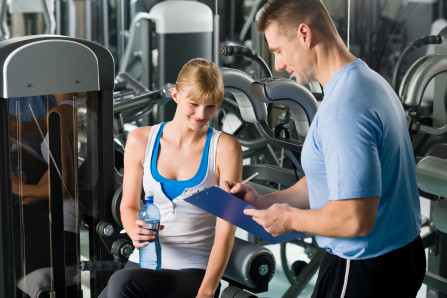There are a huge number of potential uses and benefits of massage for those who play sports and exercise (1), but relying upon professional massage therapists would be very expensive. The good thing is that vibration massage is a highly effective form of massage that can be self applied, allowing most people who play sports or exercise to have these benefits.
In this guide we briefly discuss the science that underpins vibration massage, then discuss the individual uses along with some extra benefits that apply to vibration massage.

